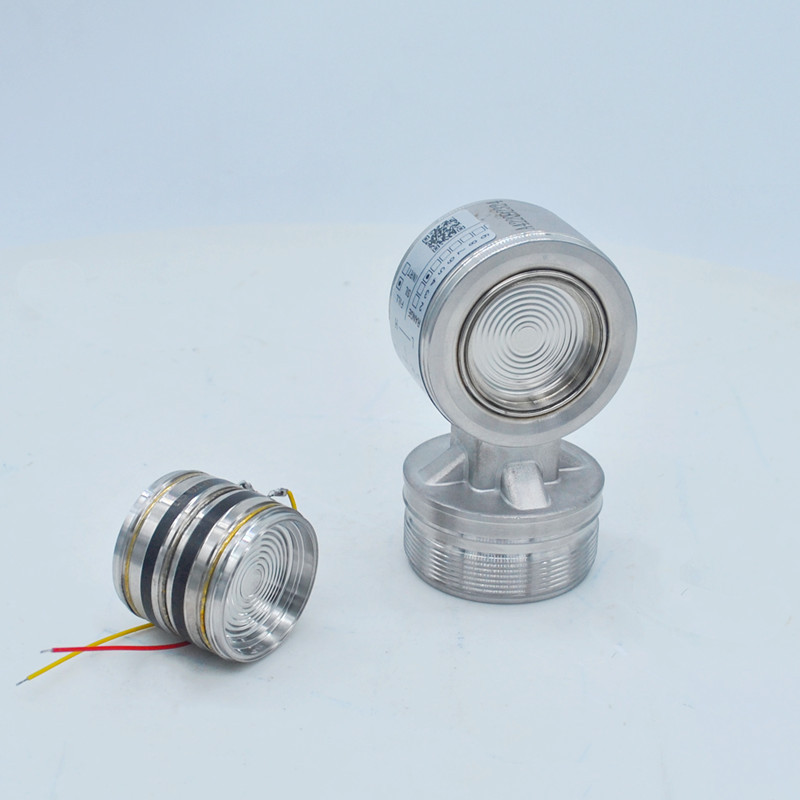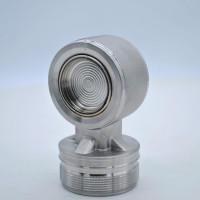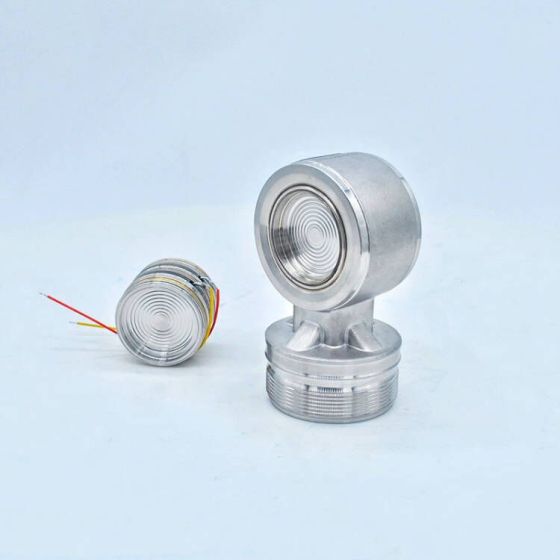
Diff pressure Sensor Capacitive Pressure Sensor
- Information
- Product Description
- Video
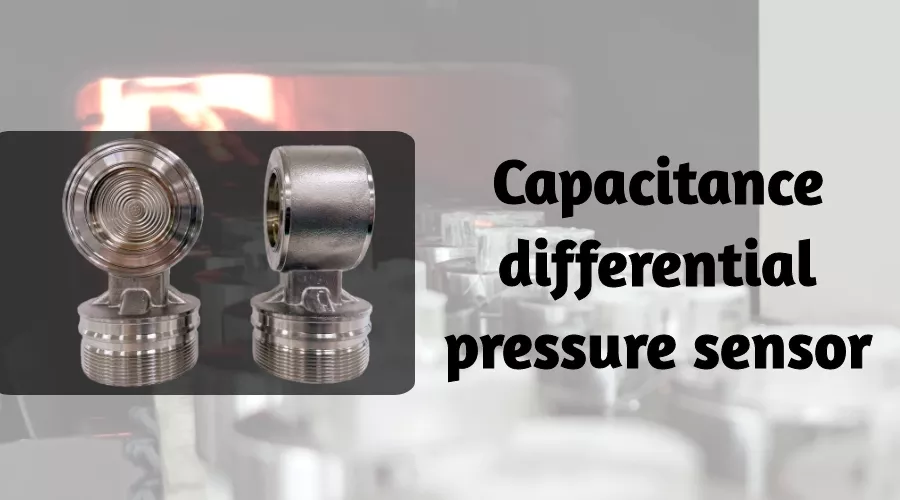
Brief Introduction
Capacitive pressure sensor are known for their high sensitivity and accuracy, especially in low-pressure ranges. They consume low power, making them ideal for portable or battery-powered applications. With a simple, durable structure, they are resistant to mechanical wear, providing reliable long-term stability. Additionally, they operate effectively across a wide temperature range, making them suitable for use in extreme environments.
The working principle of a capacitive pressure sensor is based on detecting pressure through changes in capacitance. The sensor consists of two parallel conductive plates with a fixed gap between them, forming a capacitor. When external pressure is applied, the distance between the plates changes slightly, causing a variation in capacitance. The internal circuitry then converts this capacitance change into a corresponding electrical signal, with the signal's magnitude directly proportional to the applied pressure.
Features
Stability:0.2%/Year
Range:250pF ±20PF
Zero:130pF ±20PF
Accuracy:Nominal Range 0.1%
Model Number:AT3051
- Process Temperature Range:-40 to 104°c
Stability:0.2%/Year
Fill Fluid:Silicone /Fluorine Oil
Wiring System:3-Wire,5-Wire
Housing Material:316SS
Overpressure Limit:AP GP 13.8Mpa DR DP HP
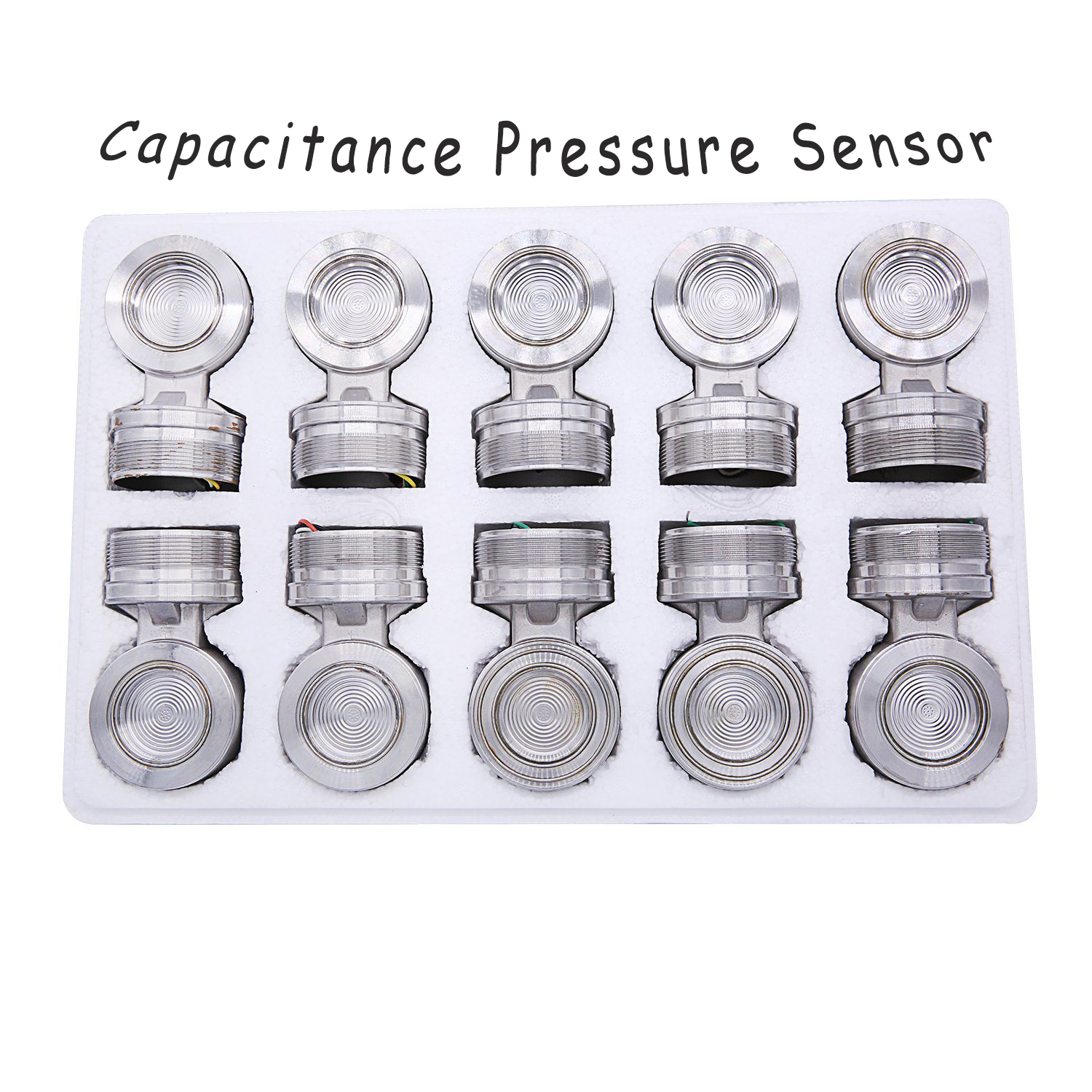
Industry application
Corrosion Resistance: The capacitive pressure sensor is capable of withstanding various aggressive media, making it suitable for industries such as chemical processing, pharmaceuticals, and food processing, where it can maintain performance in harsh environments.
Wide Temperature Range: The capacitive differential pressure sensor can operate effectively over a broad temperature range, adapting to extreme environmental conditions to ensure efficient performance in different industrial applications.
Fast Response Time: The capacitive pressure sensor possesses rapid response capabilities, enabling real-time monitoring of pressure changes to meet the demands of fast-changing industrial processes.
Ease of Integration: The DPT sensor has a compact design that allows for easy integration with other devices and systems, facilitating its use in existing industrial environments.
Performance

Package & Delivery


2. The capacitive differential pressure sensor supports various pressure types, including gauge pressure, absolute pressure, and differential pressure, enhancing its versatility for different applications.
3. The isolation diaphragm materials for the dpt sensor are available in options such as 316L stainless steel, Hastelloy-C, Monel, and tantalum. These diaphragms enable metal capacitive differential pressure sensors to meet the needs of various industries, including pharmaceuticals, food processing, and environmental protection.
4. Capacitive pressure sensors are known for their high accuracy and stability, which allows them to meet the demands of applications requiring precise pressure measurements in various environments.
5. The capacitance pressure sensor also has the characteristic of low power consumption. This makes the capacitive differential pressure sensor suitable for use in portable and battery-operated devices, ensuring efficient operation over extended periods.


